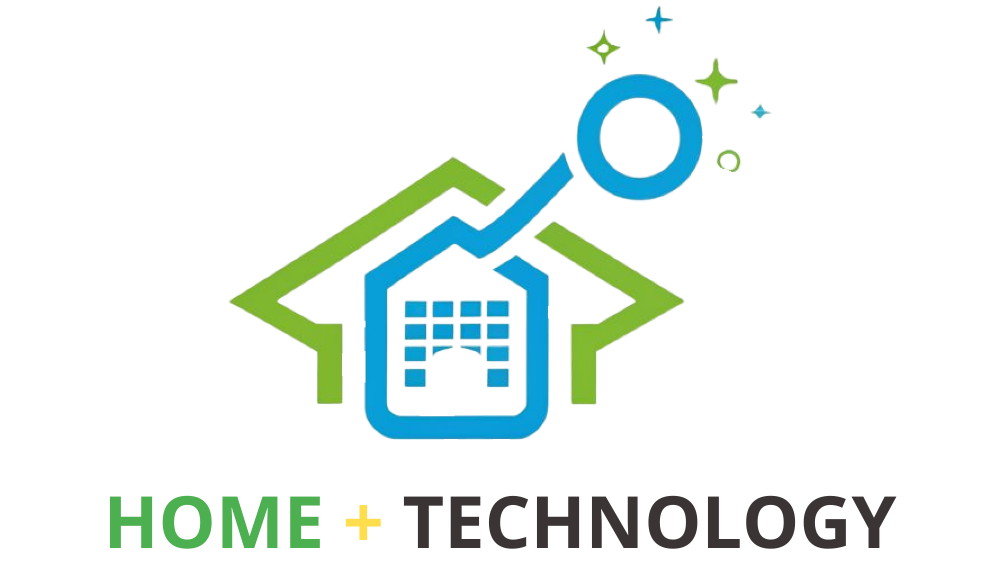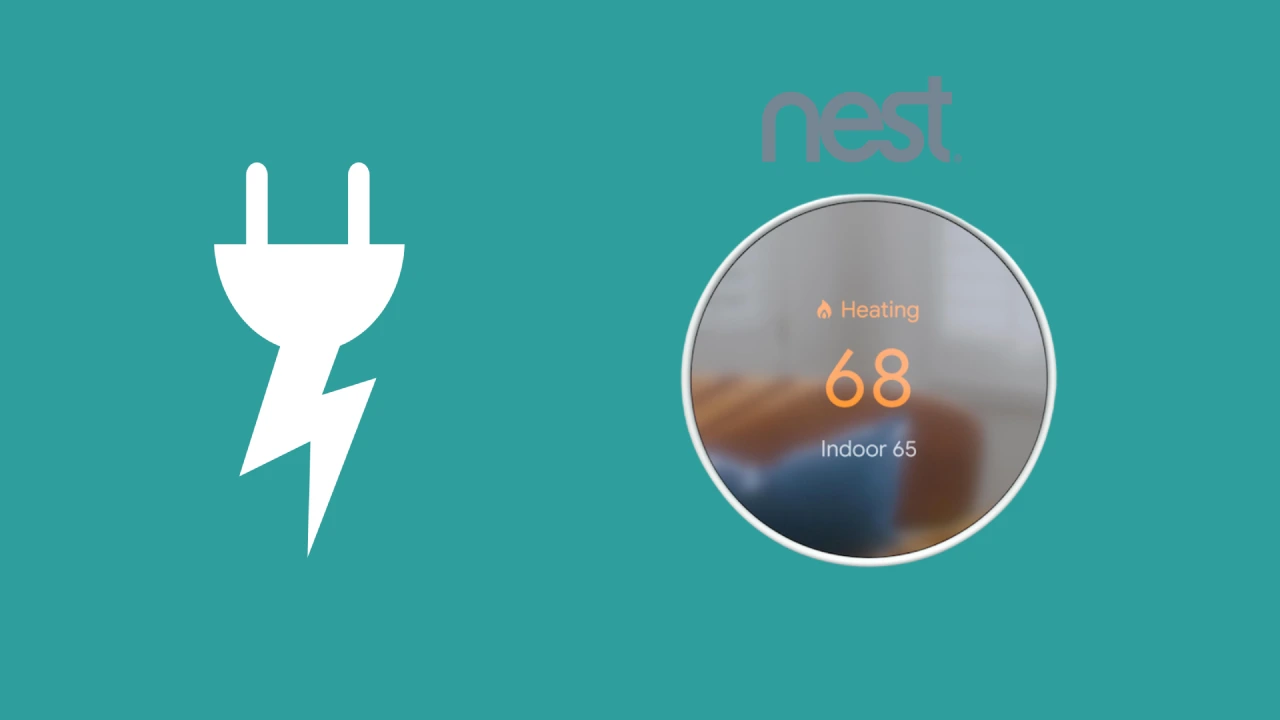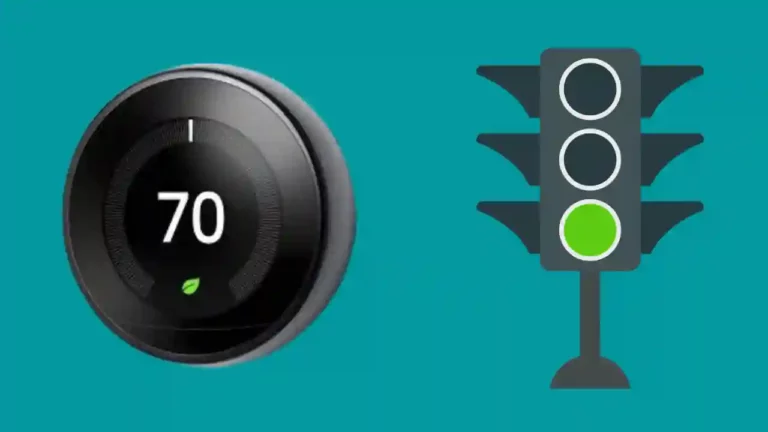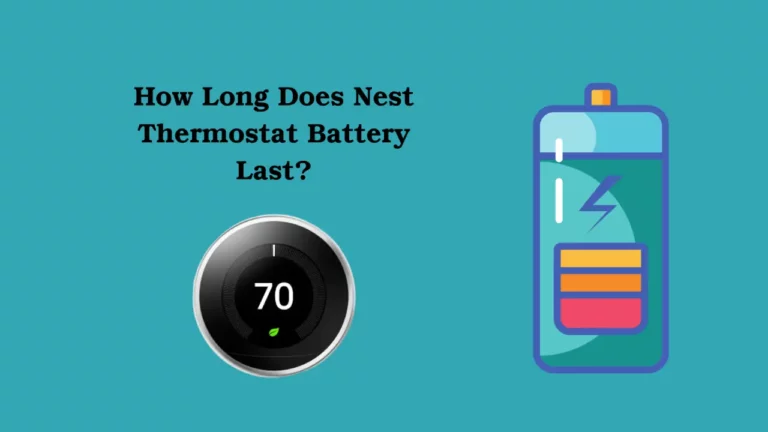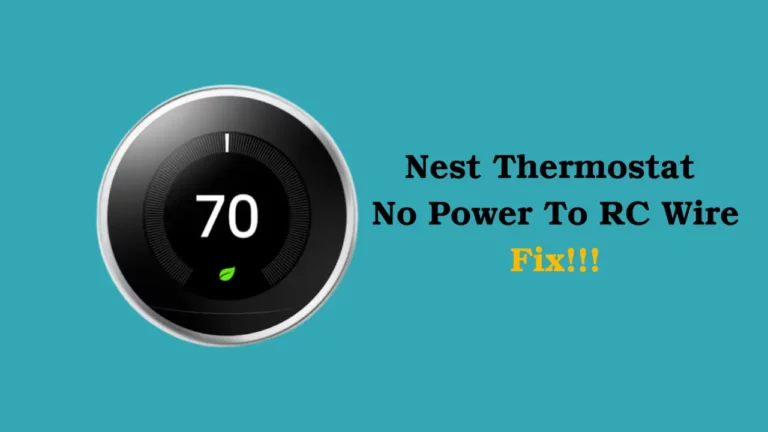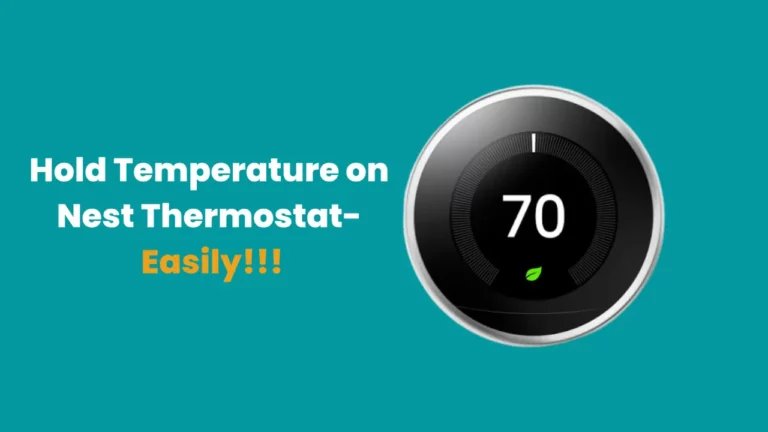Owning a Nest thermostat means having all the conveniences. The device is extremely easy to install and use and even when the batteries are down, you shouldn’t need to change anything because the Nest thermostat charges its batteries by utilizing the wiring in your heating and cooling system.
However, the battery may deplete if there is an issue. If so, remove the display and attach a micro-USB to the USB-A cable to it before connecting it to a power source. The recharging process might take up to two hours if the battery is fully dead.
The average charging time for a Nest Thermostat is 30 minutes. If the battery is entirely depleted, it can take as long as two hours to recharge completely.
Another thing to know is that if your thermostat is running low on battery, it won’t function as a smart device and will work offline only. It will automatically lose its Wi-Fi connection if the battery voltage drops below 3.6V.
Nest normally charge itself, but leaving it off when you are out on vacation for several days might deplete the battery, it would certainly need a USB charging.
How To Charge Your Nest Thermostat With A USB Port?
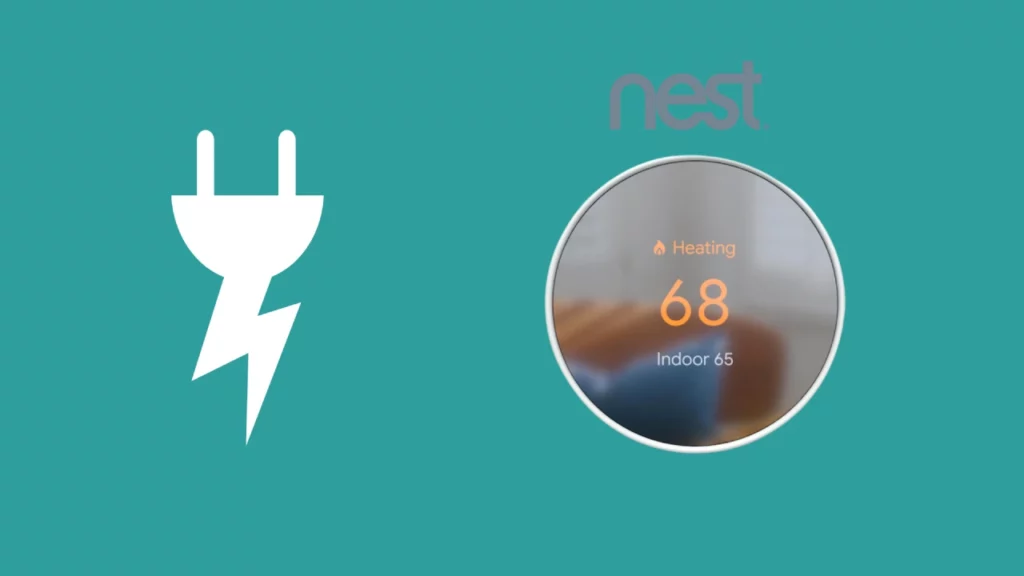
Charging Nest Thermostat is as simple as charging your smartphone.
Follow the below steps to charge the Nest thermostat:
- Cut the power supply of the display.
- Dismount the thermostat from the installation point.
- Connect it via a USB port or a suitable adapter. If your phone uses a USB port charger, that will work here too.
- To ensure that it is charging, look to see whether there is a flashing light. The nest thermostat battery level is indicated by how the blinking color appears. (1)
Which USB Is Compatible With The Nest Thermostat?
The first-generation thermostat can be used with a mini-USB connector.
A Micro-USB port is compatible with the Nest Thermostat E, as well as the 2nd and 3rd Generation Nest Learning Thermostats.
You must change the AAA alkaline batteries on the base if your model lacks a USB connector.
How Long Does Nest Take To Charge After Power Outage?
Nest Thermostats are fantastic appliances for smart home technology fans. It performs better as compared to other thermostats on the market and has advanced features, however, it is worthless during a power outage.
Even though it has an internal battery backup that activates when the thermostat loses electricity, it will sadly only operate for a short time.
Additionally, when using the backup battery, the Nest thermostat progressively loses its smart features and finally becomes a normal non-smart thermostat.
When low on power, the Nest Learning thermostat only uses what is necessary to maintain the functionality of its services and schedule. The Nest thermostat should only need to run for one to two hours on battery backup during power outages.
If you are unfamiliar with this device or have never experienced a scenario where a thermostat has entirely lost power, you should be aware that it normally takes an hour for the thermostat to recharge and return to its normal operating condition when power is restored.
The application will automatically reconnect to your router as soon as it has received enough power.
How To Tell If Nest Is Charging?
Here are some pointers on how you could tell if your nest thermostat is charging or not:
- Look at the screen of the thermostat. If the display is glowing, you have an indication that the device is charging.
- The Nest requires it to be charged if you hear a beeping sound coming from it, which indicates that nest battery is low and providing you a low battery warning. So, that is a sign no. 2.
- You can also look for the battery status on the app. To check the battery status, simply launch the app and locate the battery level indicator that will properly reflect whether the battery is charging or not.
Get assistance from customer service if you experience problems charging your Nest Thermostat.
How Does The Nest Thermostat Save Energy?

The Nest Thermostat ultimately picks up on your temperature preferences, routines, and patterns after a few weeks of use.
After that, the thermostat will begin to modify itself based on these trends and start recommending settings that you commonly use.
Here are some of the ways your Nest Thermostat saves energy:
Self-Programming
The Nest Thermostat remembers the data you enter over the first few days and programmes itself to handle these changes because many people waste energy. After all, it is cumbersome to manually adjust the temperature every time.
Automatic turn-off feature
Your smart thermostat will begin to notice when you lower the heating or cooling if you frequently leave your house at a certain hour. When you walk out the door, it will then be programmed to switch off.
Weather-based temperature adjustment
To maintain a pleasant temperature in your house, the Nest Thermostat also takes into account the weather outside. The computer algorithm can forecast how low or high the temperature may fall. As a result, you won’t have to wait long for the thermostat to adjust to the desired temperature because it did it before the unexpected weather change.
Displays Most Energy-Efficient Option
By flashing a Nest Leaf on the screen, the smart thermostat will continuously recommend the setting that will save the most energy. You become more aware that you are conserving energy as this leaf appears more frequently.
When you are not at home, it can also convert to Eco Temperatures to save electricity, but if you have a pet or delicate plants in your house, be careful not to set this option too high or low.
Remember that maintaining your home’s appropriate temperature is still the main objective.
Related Article- How To Reset Nest Thermostat Without Pin or App?
Nest Thermostat is draining faster than it can charge?
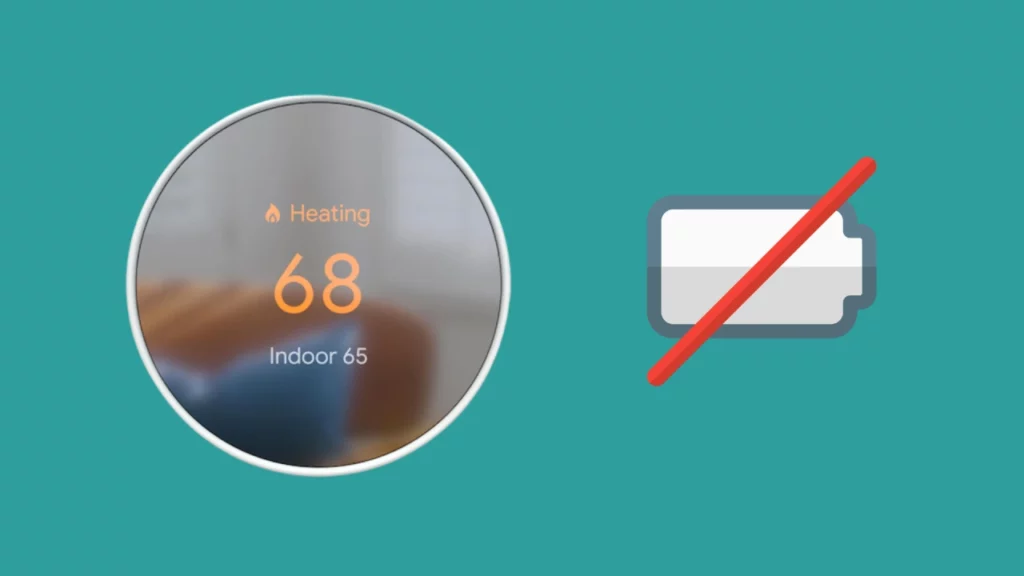
Wi-fi connection, damaged display or an inadequate power supply might be the problems to blame if the battery in your Nest Thermostat is depleting quicker than it can recharge.
Keep in mind that the thermostat will either have a constant red or green light, or it won’t have any light at all.
You should start troubleshooting the device right away when you feel your thermostat is losing power way too fast. These are the steps to do it:
Turn off the WiFi
Your Nest Thermostat’s battery will discharge considerably more quickly if it is always looking for a network to connect.
Usually, whenever the wi-fi is out of reach, this is the issue. The battery only runs low when the thermostat is having trouble finding wi-fi, so if your wi-fi signal is within range, the thermostat may connect to it without consuming a lot of battery power.
To troubleshoot this, reset the network configuration in settings. Reset all network settings to prevent the thermostat from attempting to connect through WiFi.
Also, keep an eye on the battery’s charge for the whole day.
Ensure connection wires are sturdy
Many times, the issue might be because of attached cables that are causing the thermostat battery to deplete quickly because the unit is not receiving enough power.
When there is a problem with the power cables, the thermostats will show error codes N1, N21, N71, N2, N22, N72, N3, etc.
Given below are the steps to remedy the issue:
- Turn off the power to the thermostat
- Remove the display from the gadget.
- Make sure that the cables and connections are in good condition. The wires should be inserted as far as they will go after you depress the connection button. The wires are appropriately positioned if the button remains depressed after being released.
- The wires may need to be stripped down to a 1/3- or 1-inch exposure.
- Reinstall the display and restart the power.
However, if you are facing any restarting issues, do check out post How To Fix Nest thermostat that keeps restarting?
Install a C-wire Adapter
The C-wire or the common wire is a unique power supply cable that ensures thermostats always have access to enough electricity. However, the majority of Nest brands lack C-cables and instead obtain their electrical power from linked heating and cooling wires.
According to the manufacturer, this is achievable since the devices don’t consume a lot of electricity.
The heating and cooling lines’ voltage, however, is not always constant. Once the thermostat is connected, odd heating and cooling behaviour could be apparent.
When the display is connected, you could also notice that the thermostat turns off. Installing a C-wire for a steady power source will solve these problems. You might need assistance from a specialist for this.
Final Thoughts
Nest Thermostats are a great choice to add to make your house a smart home. If they are wired to your home electricity, they don’t even need to be charged, if they are battery-powered, charging is even simple.
You just need to find a compatible USB cable and plug it in and wait for approximately 30 minutes and in no time, the device will be ready again to regulate the temperature of your house smartly and efficiently.
